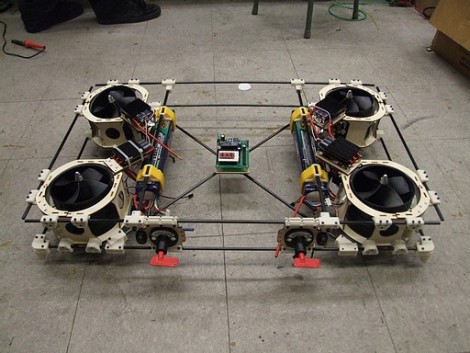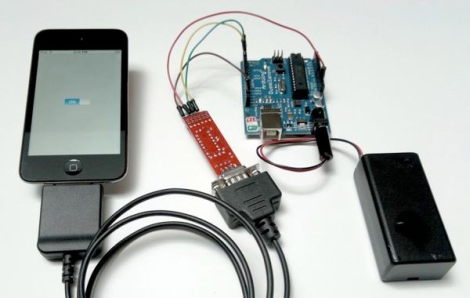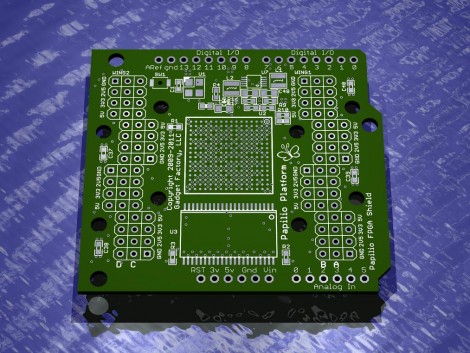
When an earthquake is about to strike in Chile, who do you think is first to sound the alarm? You might be surprised that it’s not the government, but rather a 14 year old boy.
After living through an earthquake in 2010 and seeing the devastation this spring in Japan, Chilean teenager [Sebastian Alegria] decided that he wanted to construct something similar to Japan’s earthquake warning system. He purchased an off the shelf earthquake detector for less than $100, and connected it to his computer via an Arduino.
Now, whenever seismic activity is detected, his sensor tweets an alert letting his 29,000+ followers know that a perceptible earthquake is 5 to 30 seconds away. Apparently the Chilean government is working on a similar system that is still at least a year away, so in the meantime his fellow citizens rely on [Sebastian] instead.
While it might seem like a relatively easy hack to pull off compared to other earthquake detectors, we’re impressed by [Sebastian’s] creativity, and his will to help others. He’s been pounding away at computers since he was about 4 years old and has several other popular Twitter-based projects under his belt already, so we won’t be surprised if we hear from him again in the future.















